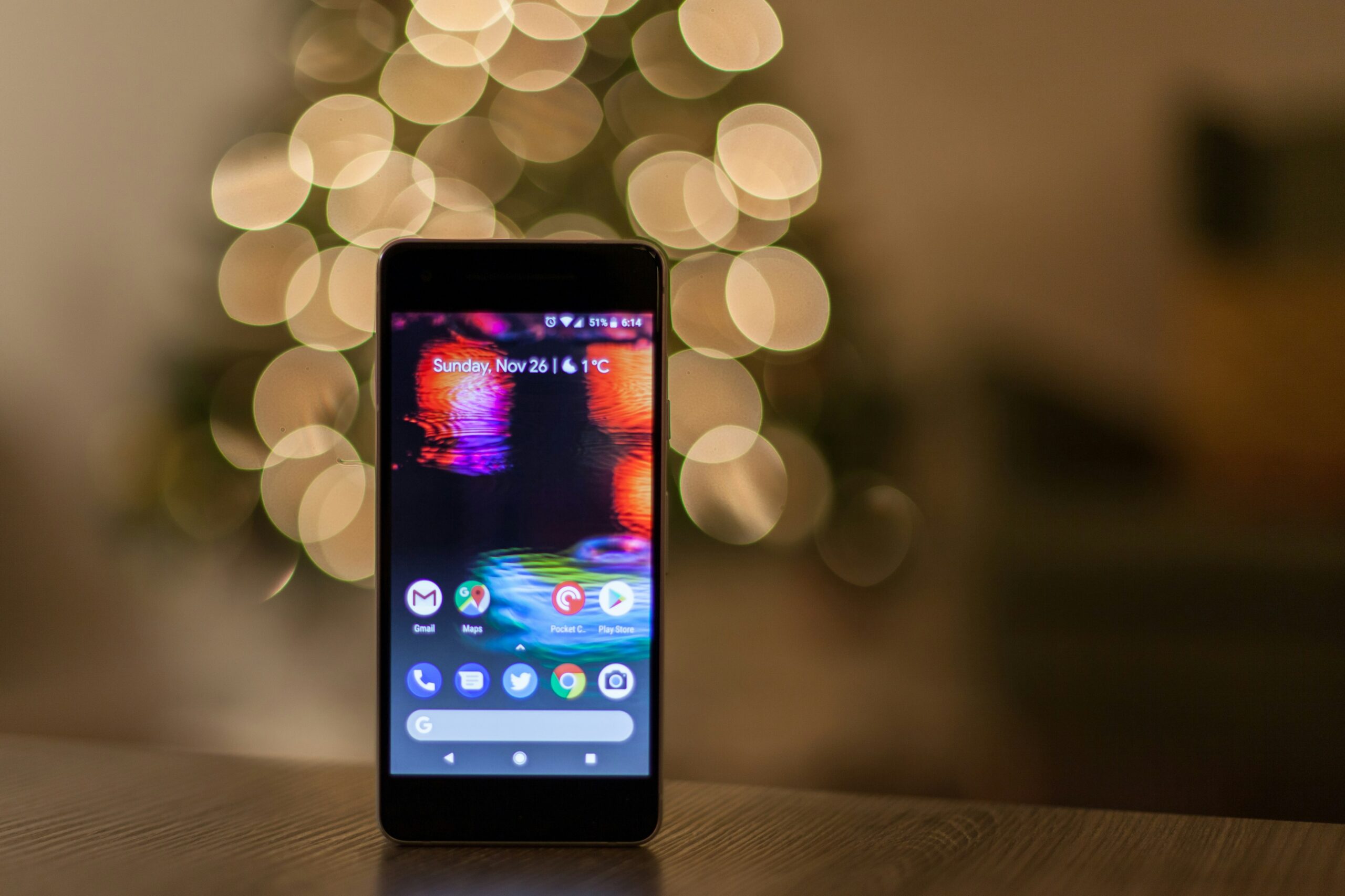In recent years, the concept of smart cities has gained significant attention as urban areas around the world strive to leverage technology to improve the quality of life for their residents. One area where smart cities have the potential to make a significant impact is healthcare access. By integrating user interface (UI) and user experience (UX) innovations into telemedicine services, smart cities can revolutionize the way healthcare is delivered and accessed.
The Importance of Telemedicine in Smart Cities
Telemedicine, the remote delivery of healthcare services, has proven to be a game-changer in improving access to healthcare, especially in areas with limited medical facilities. Smart cities can further enhance the reach and effectiveness of telemedicine by focusing on UI/UX innovations.
UI/UX innovations in telemedicine can make healthcare services more accessible, convenient, and user-friendly. By designing intuitive and visually appealing interfaces, smart cities can empower residents to easily navigate through telemedicine platforms and access the care they need.
Enhancing User Experience through Intuitive Design
One of the key aspects of UI/UX innovations in telemedicine is intuitive design. Smart cities can leverage technologies such as artificial intelligence (AI) and machine learning to create user interfaces that adapt to individual users’ preferences and needs.
For example, a telemedicine app could learn from a user’s previous interactions and tailor the interface to their specific requirements. This could include personalized recommendations for healthcare providers, appointment scheduling based on availability, and reminders for medication adherence.
Intuitive design also involves simplifying complex medical jargon and processes. Smart cities can collaborate with healthcare professionals and designers to create user-friendly interfaces that present information in a clear and understandable manner. This ensures that users can easily comprehend their medical conditions, treatment plans, and medication instructions.
Seamless Integration with Wearable Devices
Another UI/UX innovation for telemedicine services in smart cities is the seamless integration with wearable devices. Wearable devices such as smartwatches and fitness trackers have become increasingly popular, providing users with real-time health data.
By integrating telemedicine platforms with wearable devices, smart cities can enable healthcare providers to access and monitor patients’ health data remotely. This allows for more accurate diagnoses, personalized treatment plans, and proactive healthcare management.
Furthermore, smart cities can leverage UI/UX innovations to provide users with a seamless experience when connecting their wearable devices to telemedicine platforms. Simplified pairing processes, intuitive data visualization, and real-time notifications can enhance user engagement and encourage regular monitoring of health metrics.
Ensuring Accessibility for All Users
In order to truly improve healthcare access in smart cities, UI/UX innovations must prioritize accessibility for all users. This includes individuals with disabilities, elderly populations, and those with limited technological literacy.
Smart cities can implement features such as voice commands, screen readers, and text-to-speech functionalities to ensure that telemedicine platforms are accessible to individuals with visual or hearing impairments. Additionally, user interfaces should be designed with a focus on simplicity and ease of use to accommodate users with limited technological literacy.
Collaboration with healthcare professionals, accessibility experts, and user experience designers is crucial to ensure that UI/UX innovations in telemedicine are inclusive and cater to the diverse needs of smart city residents.
Conclusion
UI/UX innovations have the potential to revolutionize telemedicine services in smart cities, making healthcare more accessible, convenient, and user-friendly. By focusing on intuitive design, seamless integration with wearable devices, and ensuring accessibility for all users, smart cities can enhance healthcare access and improve the overall well-being of their residents.
As smart cities continue to evolve, it is essential to prioritize the development and implementation of UI/UX innovations in telemedicine services. By leveraging technology and user-centered design principles, smart cities can pave the way for a future where healthcare is accessible to all, regardless of geographical location or socio-economic status.











Leave a Reply